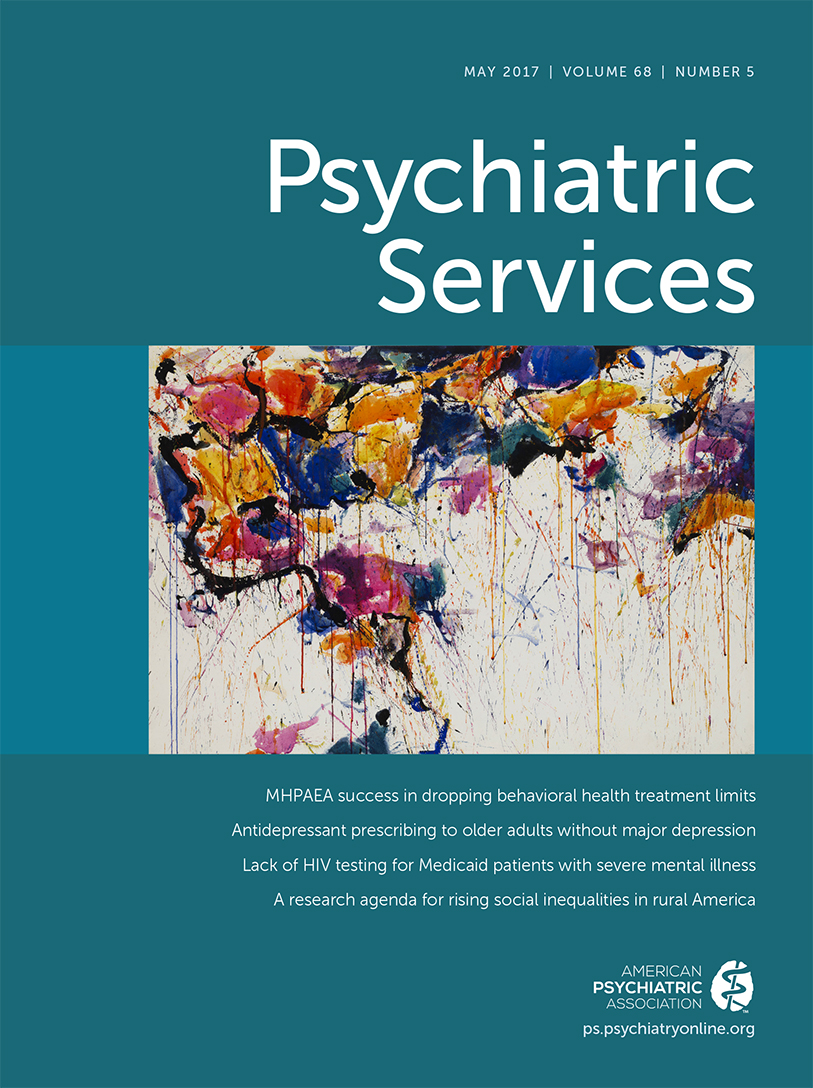Primary Care–Mental Health Integration in the VA Health System: Associations Between Provider Staffing and Quality of Depression Care
Abstract
Objectives:
The study examined whether staffing of Primary Care–Mental Health Integration (PCMHI) services in the Department of Veterans Affairs (VA) health system is related to quality of depression care.
Methods:
Site surveys and administrative data from 349 VA facilities for fiscal year 2013 were used to calculate PCMHI staffing (full-time equivalents) per 10,000 primary care patients and discipline-specific staffing proportions for PCMHI psychologists, social workers, nurses, and psychiatric medication prescribers. Multivariable regression analyses were conducted at the facility level and assessed associations between PCMHI staffing ratios and the following indicators of depression treatment in the three months following a new episode of depression: any antidepressant receipt, adequacy of antidepressant receipt, any psychotherapy receipt, and psychotherapy engagement (three or more visits).
Results:
Higher facility PCMHI staffing ratios were associated with a greater percentage of patients who received any psychotherapy treatment (B=1.16, p<.01) and who engaged in psychotherapy (B=.39, p<.01). When analyses controlled for total PCMHI staffing, the proportion of social workers as part of PCMHI was positively correlated with the percentage of patients with adequate antidepressant treatment continuation (B=3.16, p=.03). The proportion of nurses in PCMHI was negatively associated with the percentage of patients with engagement in psychotherapy (B=−2.83, p=.02).
Conclusions:
PCMHI programs with greater overall staffing ratios demonstrated better performance on indicators of psychotherapy for depression but not on indicators of antidepressant treatment. Further investigation is needed to determine whether differences in discipline-specific staffing play a causal role in driving associated differences in receipt of treatment.



